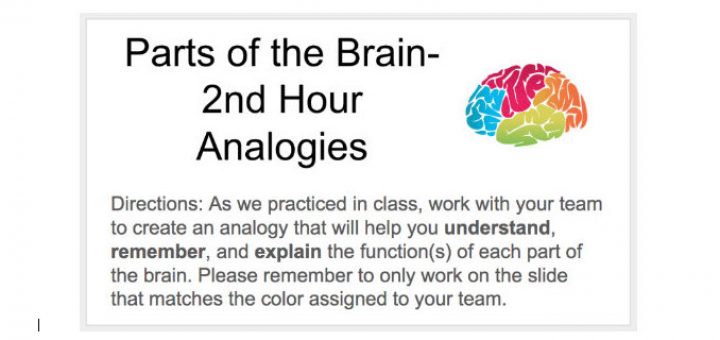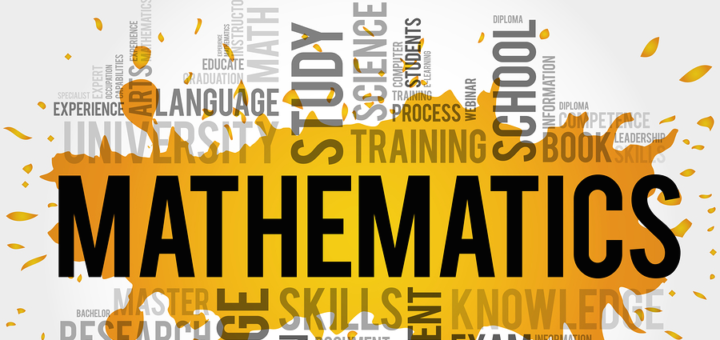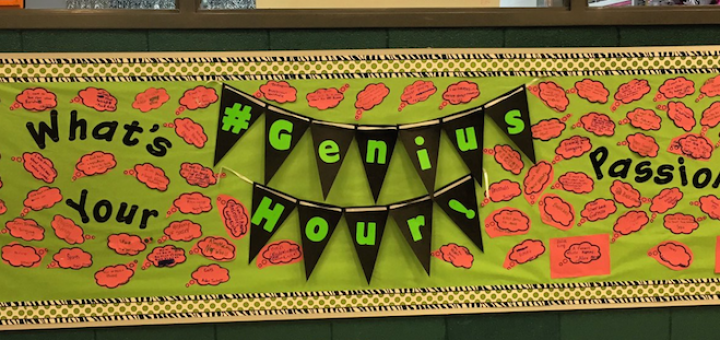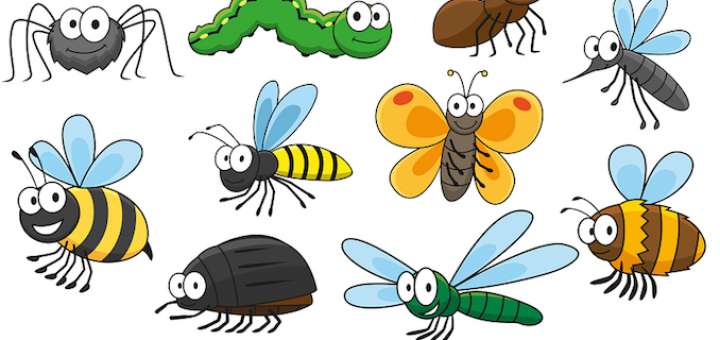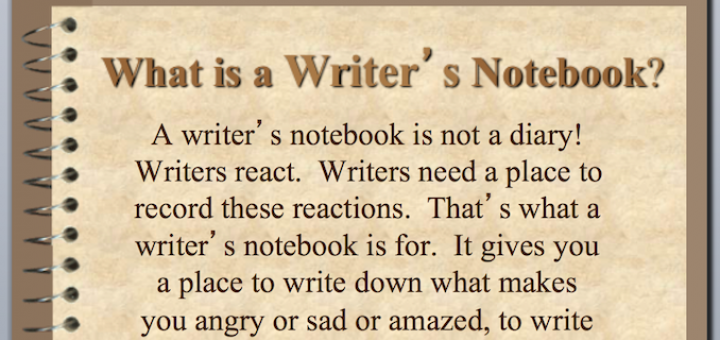Teaching and learning in grades 4-8
Adolescents constantly work to make sense of new information, often by referencing what they already know. Teachers can help by introducing analogies. Curtis Chandler shares tips and tech tools to help put analogies to work, including Metamia and Google Slides.
Gifted children’s intense behaviors sometimes create challenges in the classroom. Author Christine Fonseca gives teachers, parents and students coping strategies and coaching approaches. Teacher Amy Estersohn says the book is also a good choice for PTA book clubs.
Why should we use performance tasks in math class? How do we adapt them for formative or summative assessment? How do we create effective rubrics? The authors provide answers in a step-by-step guide featuring many examples, says veteran math teacher Jan Roberts.
Psychotherapist Noah Kempler presents ways to help kids develop five core skills: understanding feelings, communication, flexibility, respect, and problem solving. Retired principal Mary Langer Thompson finds his discussion about temperament particularly valuable.
For teachers who have considered implementing a Genius Hour program but haven’t quite made it to launch, passion-based learning experts and #geniushour chat leaders Gallit Zvi and Denise Krebs have organized a wealth of tips and resources to get you started.
Transformational leaders know how to invite conversation and listen deeply, writes middle school assistant principal Mike Janatovich. They use this skill to grasp and understand a school culture, building trust and helping shape a successful school community.
Can history teachers apply Design Thinking ideas to a subject often taught as a progression of facts? Jody Passanisi thinks so. “What could be more relevant than looking for solutions to challenges that were created in the past and are still having impact today?”
Expert Anne Jolly suggests a running assessment of your STEM lessons as the new school year begins to make sure your students are engaged, working well in teams, and involved in engineering solutions to meaningful problems. Try her Lesson Plan Debugger!
Middle grades writers can learn about the writer’s notebook used by many professional writers and get tips about creating a notebook of their own in this Powerpoint slide set developed for teachers by literacy coach Juli Kendall.
Grounded in research, teacher experience, and purposeful techniques, Reading Science will help educators guide students to scientific literacy. Linda Biondi says the book would make an excellent group study for disciplinary teams focused on academic literacy.

